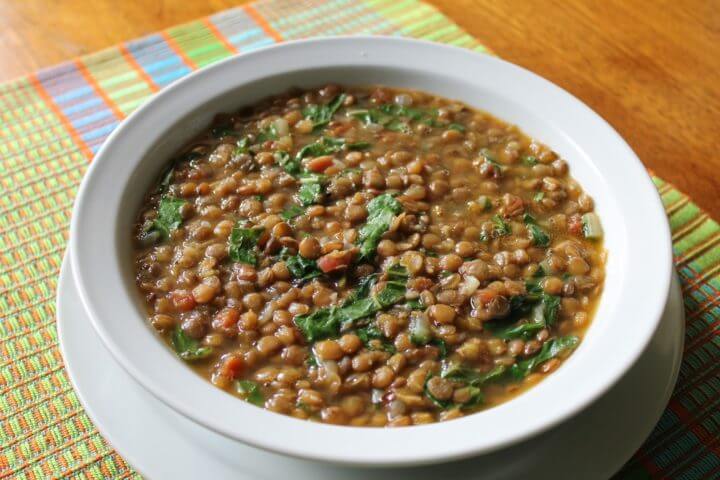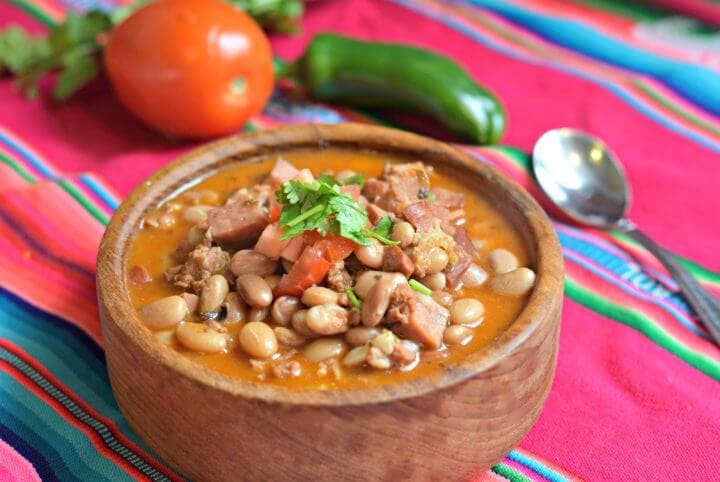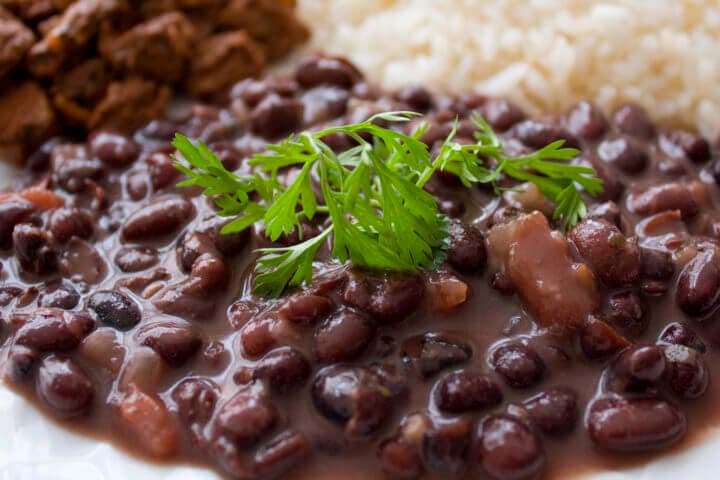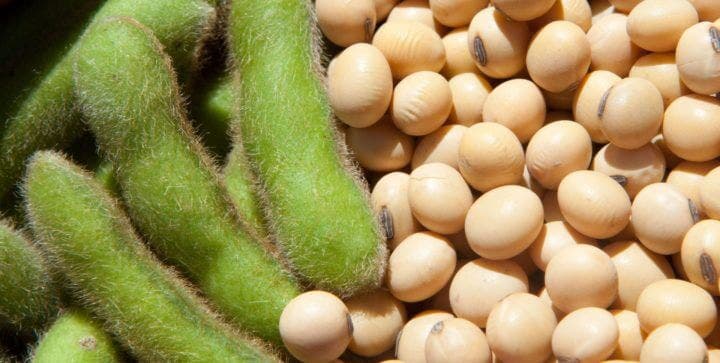The variety of legumes that our land provides us makes this food an incredibly healthy and quite fun option. This fruit of nature is the largest source of protein for vegetarians or vegans, and is also part of many traditional dishes around the globe.
Different colors, sizes and shapes define legumes. Each type has different nutritional values and different preparation methods. So it is necessary to know what makes them unique
In general, legumes are always a healthy and nutritious choice when eating. However, there are 6 types of legume that offer more benefits to your body. Find out what they are.

6 healthy legumes to add to your dishes
1. Chickpeas
These grains have an immense amount of protein and fiber that will help you reduce weight if you wish, they could even help prevent heart problems or cancer if they are consumed as an alternative to red meat. Among its broad benefits, it has also been shown that they can reduce total cholesterol and LDL cholesterol, which cause heart conditions.
Chickpeas can also improve the functioning of the intestine and reduce the number of harmful bacteria within them.
For a cup of chickpeas that is equivalent to 164 g you contribute to your body:
- Calories: 269
- Proteins: 15.5 g
- Fiber : 12.5 g
- Vitamins : B9 71% of the RDI
- Minerals : 84% Manganese, 29% Copper and 26% Iron within the RDI

2. Lentils
Lentils are very versatile legumes, being a great alternative for meat in foods such as hamburgers and Arabic dishes, among others.
Its high fiber content causes a satiating effect on the individual, and it even has the ability to slow down the time in which the stomach empties its contents, which positively helps digestion. As for sugar, this legume is a great ally in the fight against diabetes and can prevent spikes in blood sugar.
Lentils also lower the levels of total cholesterol, LDL cholesterol and increase the levels of good HDL cholesterol.
A cup of approximately 200 g of lentils provides the body with:
- Calories: 230
- Proteins: 17.9 g
- Fiber: 15.6 g
- Vitamins: 90% of B9 and 22% of B1 within the RDI
- Minerals: 49% Manganese and 29% Copper within the RDI

3. Peas
These legumes also contain the distinctive beneficial characteristics of their species in terms of considerable fiber and protein.
Peas have the ability to reduce insulin resistance , abdominal fat and triglyceride levels in the blood, while increasing feelings of fullness and dramatically improving intestinal health by promoting the presence of fatty acid-producing bacteria .

4. Beans
The grain of the Central Americans. This legume is one of the most consumed throughout the world and is commonly combined with rice. They have the ability to reduce blood sugar spikes in addition to helping you lose weight.
A cup of beans of approximately 17o g provides:
- Calories: 227
- Proteins: 15.2 g
- Fiber: 15 g
- Vitamins: 64% of B9 and 28% of B1 within the RDI
- Minerals: 38% Manganese, 30% Magnesium, 20% Iron within the RDI

5. Black beans
Among the most consumed legumes, black beans are present in many typical dishes of South American countries. Black beans have beneficial effects against diabetes and also help with weight loss. This type of grain also provides a low glycemic load compared to other high carbohydrate foods.
A 170 g cup of black beans contains:
- Calories: 227
- Proteins: 15.2
- Fiber: 15 gr
- Vitamins: 64% of B9 and 28% of B1 within the RDI
- Minerals: 38% Manganese, 30% Magnesium and 20% Iron within the RDI

6. Soy beans
Soybeans are the choice of many people who want to look for alternatives to meat and still have a considerable supply of protein and fiber. They are legumes with a considerable variety of antioxidants and isoflavones, and all their nutrients are associated with a reduction in the risk of cancer in different parts of the body, such as the stomach or breast.
Soybeans significantly reduce the effects of bone loss from diseases such as arthritis or even menopause.
A 170 g cup of cooked soybeans provides your body with:
- Calories: 298
- Proteins: 28.6 g
- Fiber: 10.3 g
- Vitamins: 29% of B2, 23% of B9 and 41% of vitamin K within the RDI
- Minerals: 71% Manganese, 49% Iron, 42% Phosphorus

References
- Ruairi Robertson. The 9 Healthiest Legumes and Beans You Can Eat. For Healthline [Revised December 2017].